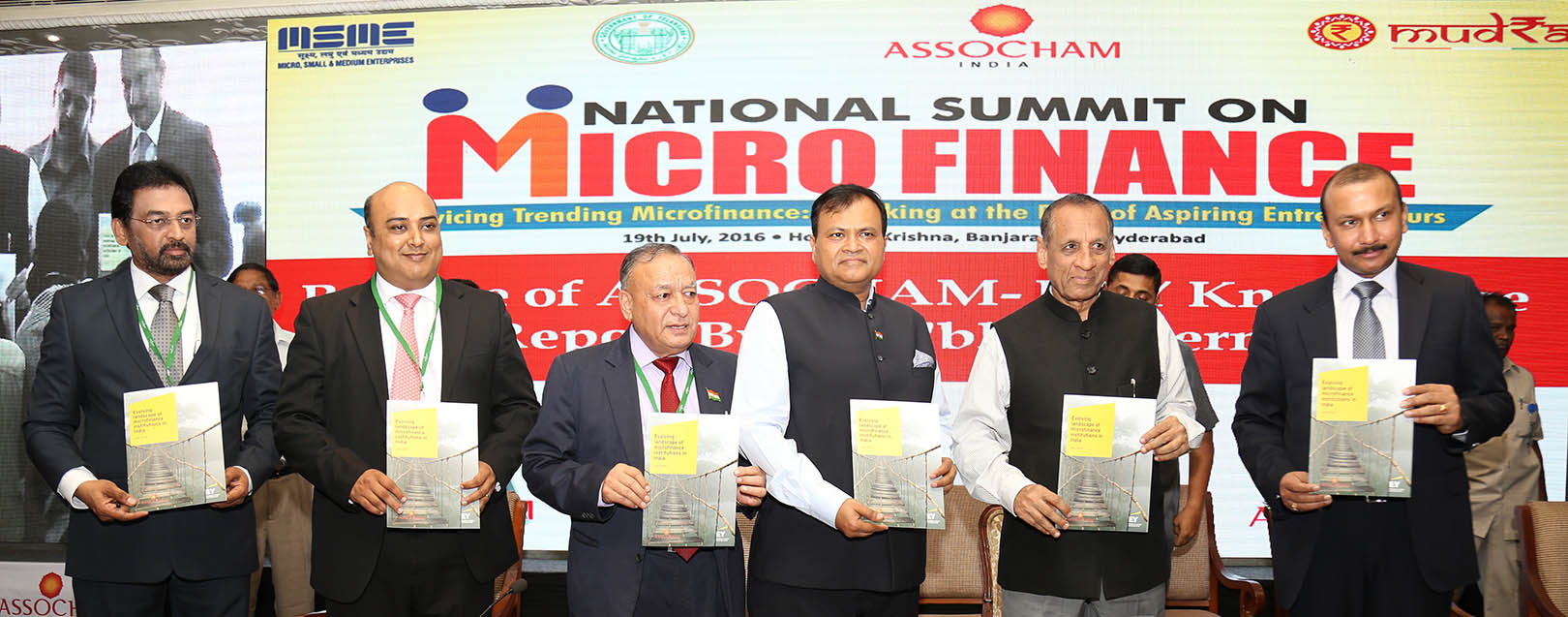
Microfinance firms responsible for success of ‘Make in India’
Sharath Chowdary
Bringing about the concept of financial inclusion once again into our consciousness, Telangana and Andhra Pradesh Governor E S L Narasimhan said that money lending institutions should include technological working to reach out to the poorest of the poor who deserve help in every sense of the term. There is dearth of reaching out to the needy who “die unheard of because they are not able to support their ideas". This was an emotional appeal from the Governor during his inaugural speech at the national summit on microfinance organised by ASSOCHAM in Hyderabad on Tuesday.
Microfinance institutions have a greater responsibility in making the ‘Make in India’ initiative successful, Narasimhan said. Laying responsibility on the microfinance institutions in bringing about an ethical change in bridging the gaps between the haves and the have-nots, the rich and the poor, the privileged and the under-privileged, and the urban and the rural, he said, “Government initiatives like ‘Make in India’ or ‘Skill India’ are not going to take us anywhere unless we bridge these gaps. Today, when the country is talking about ‘Make in India’ as one of the priority areas, I think there is a huge responsibility on microfinance institutions. There is an urgent need to bridge the gap between the haves and have-nots along with the divide between rural and urban. The country needs to make a very conscious effort to bridge this gap.”
“Microfinance institutions should check the adequacy of skills, competence, capability and the need of the borrower before lending money. They should learn lessons from the crisis that originated in erstwhile Andhra Pradesh in 2010. Please do not carry people on the dream path of consumerism once again to start with,” the Governor said. Recollecting the crisis that broke out in erstwhile AP when the government had to pass an ordinance to control the microfinance institutions, he said, “All of us should learn lessons from the past and ensure that we do not repeat the same crisis of 2010 and force us to do something more again.”
“The main objective of the microfinance firms is to financially assist the self-help groups (SHGs). But unfortunately, the lending at hidden rates of interest has made people borrow large sums of money and get into consumerism,” he said asking the financial institutions to spread their operations in rural areas with the development of technology.
Expressing similar views, ASSOCHAM President Sunil Kanoria said, “The success of the Microfinance sector will largely depend on how well the players can blend technology and human interface in providing financial solutions to their clients. Leveraging technology can also bring down the operational costs and enhance rural penetration.”





 to success.
to success.